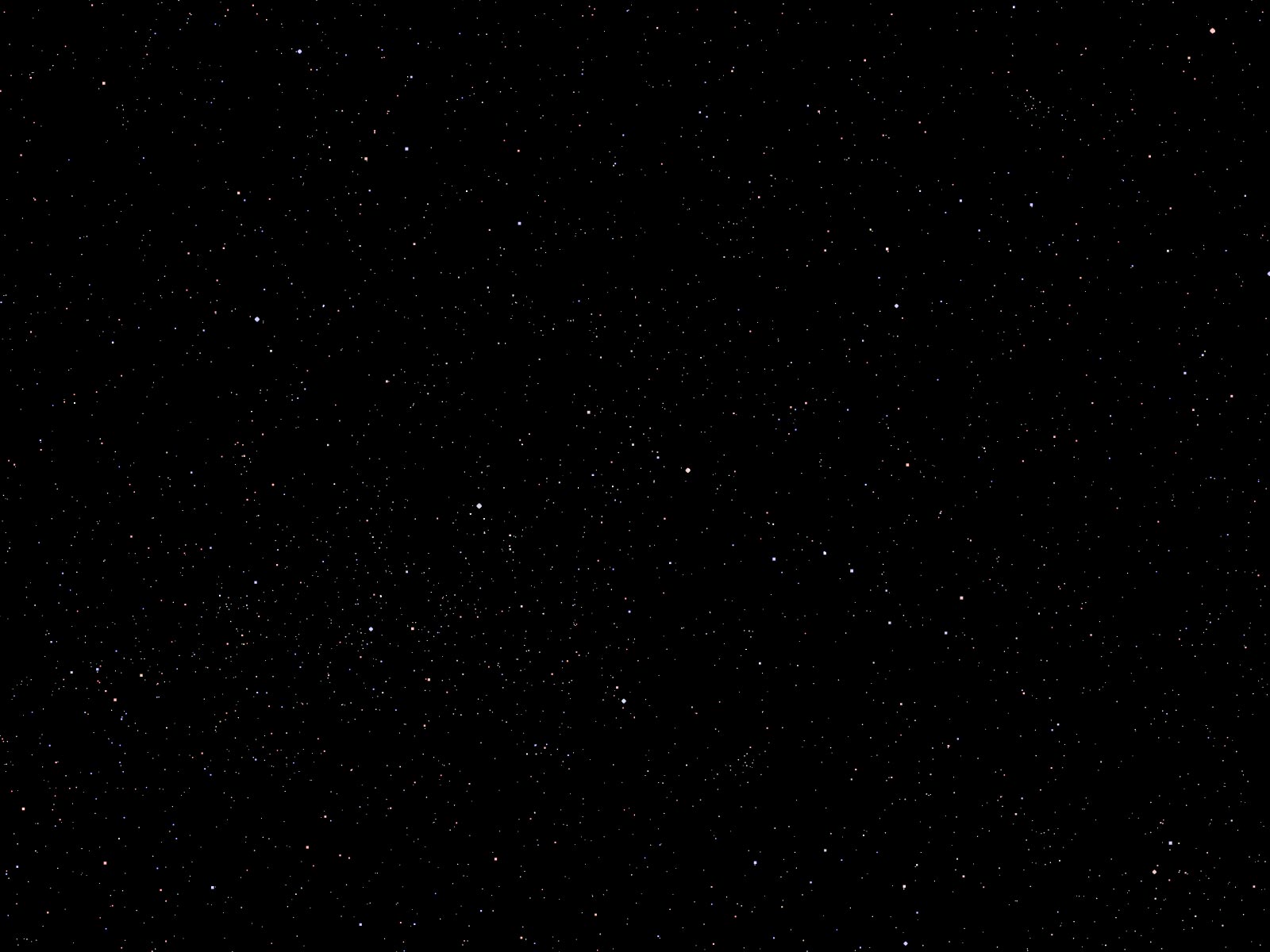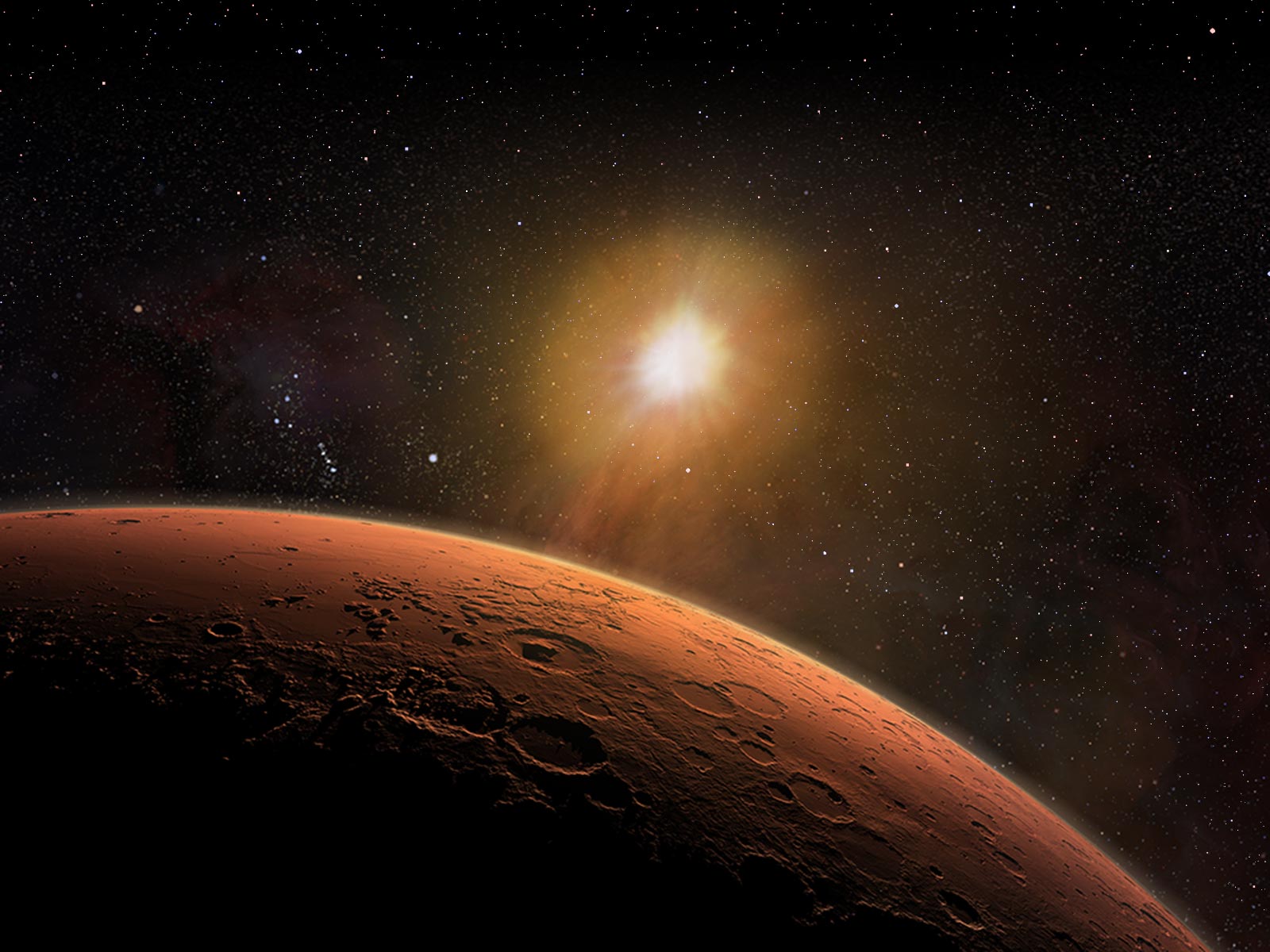


 U.Mars — Encyclopedia
U.Mars — Encyclopedia
Galaxies & Cosmology
In the early Universe it is very hot and dense, and intense concentrations of energy are everywhere. It is from this huge energy that matter came to be.
Energy can take the form of matter, and matter can convert back to energy; however, as the Universe expands and cools, it becomes less likely that the matter converts back to energy. Some matter remains — and is the matter that ultimately forms stars, planets, and life.
The equivalence of energy and mass is expressed in Einstein’s famous equation:
E = m c2
in which E stands for energy, m stands for mass, and c is the speed of light (which is about 3 x 108 m/s in a vacuum).
A lot of energy can create a little bit of matter, and if only a little bit of matter is converted to energy it will produce a great deal of energy. Specifically, if one gram of matter (about the mass of a dime) were converted to energy it would be enough energy to light up a 100W light bulb for 30,000 years!